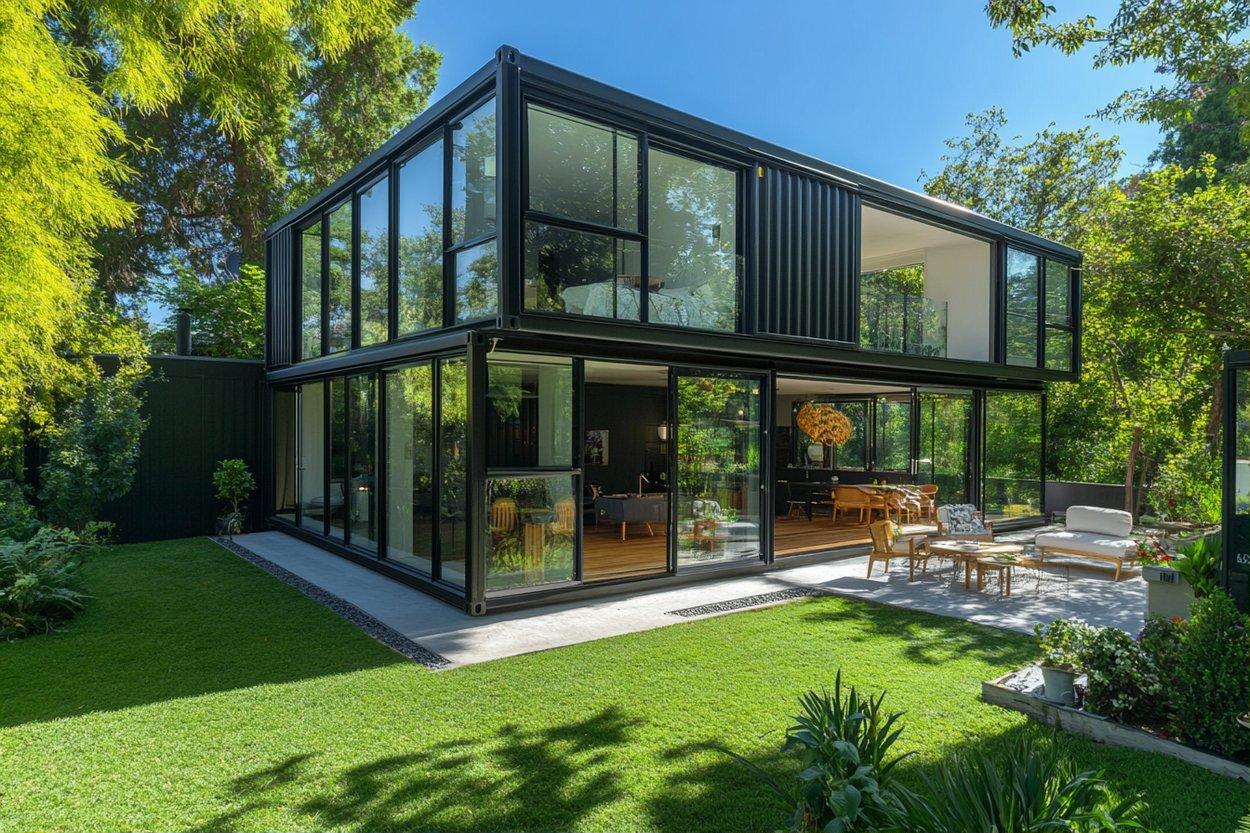What You Need to Know About Container Home Prices and Buying Mistakes
Container homes have emerged as an innovative housing solution, combining sustainability with modern design. These converted shipping containers offer unique living spaces that appeal to environmentally conscious buyers and those seeking affordable housing alternatives. Understanding the costs, potential pitfalls, and market options is essential before making this significant investment decision.

The growing popularity of container homes reflects a shift towards sustainable and cost-effective housing solutions. These structures, built from repurposed shipping containers, offer flexibility in design while addressing housing affordability concerns across the UK.
Understanding Container Home Costs
Container home prices vary significantly based on size, customisation level, and location. Basic single-container units typically start around £15,000 to £25,000 for DIY projects, while professionally built homes range from £50,000 to £150,000. Multi-container luxury designs can exceed £200,000, depending on specifications and finishes.
Several factors influence pricing including foundation requirements, insulation quality, electrical and plumbing installations, and planning permission costs. Site preparation often adds £5,000 to £15,000 to the total budget, while utilities connections can cost an additional £3,000 to £8,000.
Luxury Container Homes Market
Luxury container homes represent the premium segment of this market, featuring high-end finishes, smart home technology, and architectural innovations. These properties often incorporate multiple containers, creating spacious layouts with modern amenities comparable to traditional luxury homes.
Design elements in luxury container homes include floor-to-ceiling windows, premium insulation systems, hardwood flooring, and custom kitchen installations. Many feature rooftop gardens, solar panels, and rainwater harvesting systems, enhancing their environmental credentials.
Common Buying Mistakes to Avoid
Many first-time container home buyers underestimate planning permission requirements. Local councils may have specific regulations regarding container structures, and some areas restrict their use entirely. Research local planning policies thoroughly before purchasing.
Another frequent mistake involves inadequate insulation planning. Shipping containers conduct heat and cold efficiently, requiring substantial insulation investment. Budget at least £3,000 to £8,000 for proper thermal regulation systems.
Foundation requirements are often overlooked. Container homes need appropriate foundations to prevent moisture issues and structural problems. Concrete pad foundations typically cost £2,000 to £5,000, while full basements can add £15,000 or more.
| Provider | Container Type | Price Range | Key Features |
|---|---|---|---|
| Contained Living | Single Unit | £45,000-£75,000 | Turnkey solutions, eco-friendly |
| Alternative Living Spaces | Multi-Container | £80,000-£180,000 | Custom designs, luxury finishes |
| Container City | Modular Systems | £35,000-£120,000 | Stackable units, urban focus |
| Eco-Container Homes | Sustainable Builds | £55,000-£140,000 | Solar integration, green materials |
| UK Container Homes | Bespoke Designs | £65,000-£200,000 | Architectural services, premium |
Prices, rates, or cost estimates mentioned in this article are based on the latest available information but may change over time. Independent research is advised before making financial decisions.
Planning Permission and Legal Considerations
Securing planning permission represents a crucial step in container home development. Applications typically take 8-12 weeks for processing, with fees ranging from £206 for householder applications to £462 for full planning permission.
Building regulations compliance is mandatory, covering structural integrity, fire safety, and energy efficiency standards. Professional structural engineers and architects familiar with container construction are essential for successful applications.
Location and Site Selection
Container homes work best on level sites with good drainage and utility access. Rural locations often provide more flexibility for alternative housing, while urban areas may have stricter regulations. Consider proximity to services, transport links, and future resale potential when selecting sites.
Site surveys typically cost £500 to £1,500 but can identify potential issues early. Soil conditions, flood risk, and utility availability significantly impact development costs and feasibility.
Container homes offer an exciting alternative to traditional housing, combining environmental benefits with modern living. Success depends on thorough planning, realistic budgeting, and understanding local regulations. With proper preparation and professional guidance, container homes can provide unique, sustainable living spaces that meet diverse housing needs while potentially offering good investment returns.




